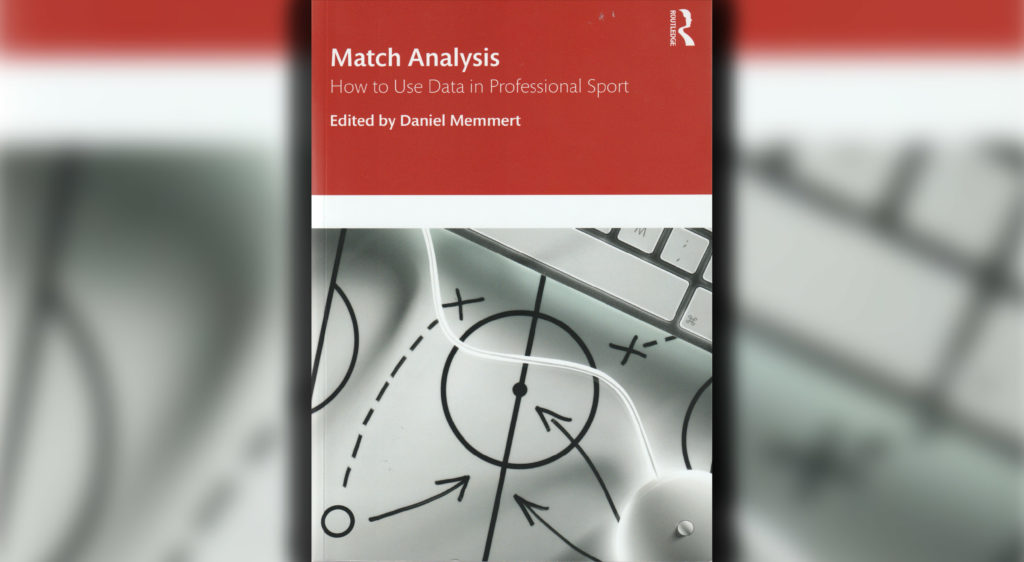
One of the benefits of the U.S. Open arriving at Drexel University in 2011 has been a myriad of interactions between the squash community and Drexel professors.
Eric Zillmer and Nyree Dardarian are two great examples of the integration. As Drexel’s athletic director and a neuroscience professor, Zillmer played a key role in hosting the U.S. Open, but he also wrote insightful essays on squash for Squash Magazine and editorials in the Philadelphia Inquirer. Dardarian, a Drexel professor and director of Drexel’s Center for Nutrition & Performance, spoke on U.S. Open panels and also wrote articles for Squash Magazine. More recently, both have worked with individual members of Team USA.
Zillmer and Dardarian have now written an essay, “Match Analysis in Squash” in a new book, Match Analysis: How to Use Data in Professional Sport. Edited by Daniel Memmert, the book reimagines how sports are being played by using data. Memmert, one of the leading sports scientists in the world, is based in Cologne, Germany but is a consultant for the Philadelphia Union. (Dardarian is the Union’s official sports nutritionist.) The Union are famously analytical, sort of the Oakland A’s of soccer—a highly successful team with a low payroll. The book is also being published this year in German by Springer Verlag.
In the chapter about squash. Zillmer and Dardarian introduce the sport and its performance architecture and discuss how data could influence professional players. As expected, the prose is compelling: “The best squash players in the world have footwork as graceful as a ballet dancer and stamina that rivals that of a triathlete.”
The book as a whole is fascinating. More than two dozen sports are discussed at length, everything from global giants like basketball, cricket, rugby and tennis to less obvious ones like beach volleyball and team handball. A whole section dwells on soccer, where in-match situational strategy and tactics including game pace, disruption and counter-pressing, are now influenced by data analytics. The central term is KPI: key performance indicators.
On the back, the book is blurbed by Jurgen Klinsmann, the German soccer star and coach, and by Don Smolenski, the president of the Philadelphia Eagles. In between them is a blurb from Amanda Sobhy. That is good company for squash to keep.
Squash is catching up to soccer. For pros, there is increasingly a focus on error analysis—what forces your opponent into making an error or enabling you to win the point—as well as on injury prevention and recovery. And Match Analysis will be seen as a central starting point.
Purchase the book from the Publisher here.




